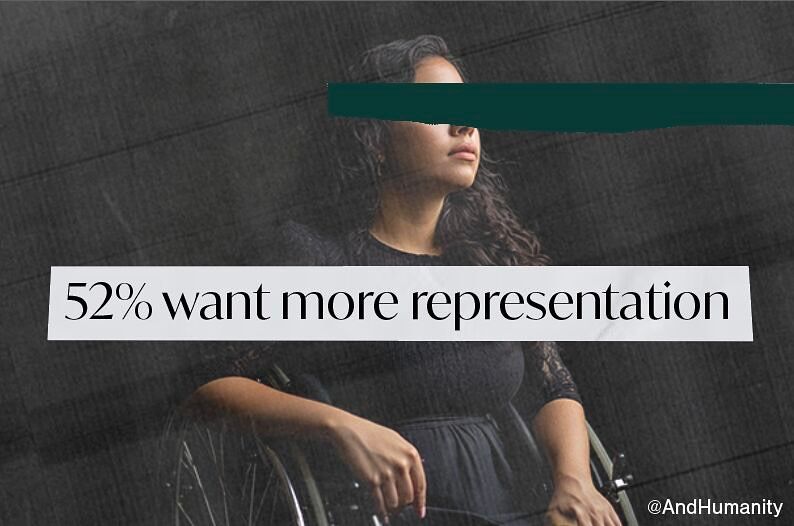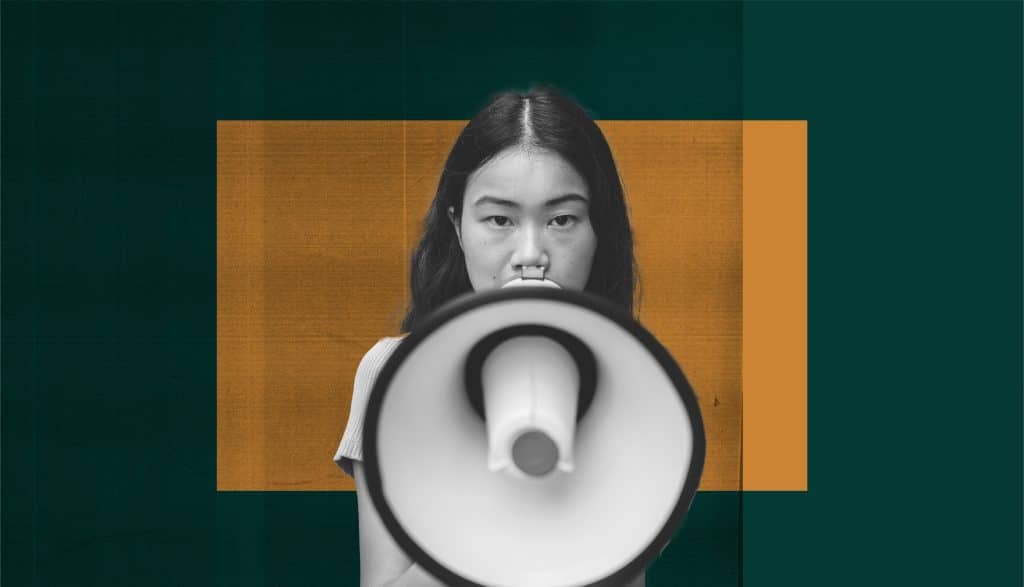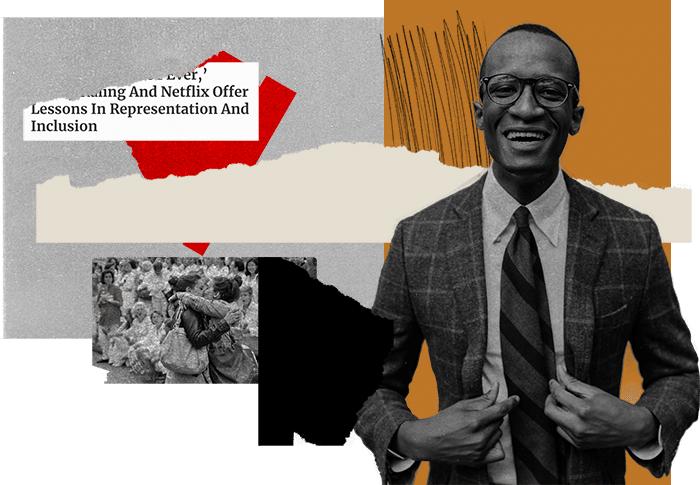“Hope is not a strategy.”
You’ve maybe heard this before and are consciously avoiding using hope as a strategy, but many marketers who are aware of this still rely on it when it comes to inclusive marketing.
For example, some marketers assume that simply “being nice” or “trying to be more diverse” in messaging will naturally attract diverse audiences. They hope that the overall goodwill of their brand or vague inclusivity statements will suffice. Others put faith in a single campaign or message to connect with a wide variety of diverse groups. They hope that a campaign that worked for one group will work for all, without tailoring or differentiating their approach. This hopeful but unfocused strategy ignores the nuanced needs and values across different segments and risks missing or alienating key audiences. Lastly, some marketers hope that simply hiring a diverse team or featuring diverse individuals in visuals will automatically result in inclusive marketing. They skip the deeper work of training, bias mitigation, and inclusive decision-making frameworks, relying on hope that representation alone equal inclusion. This approach lacks the deliberate processes needed to build the necessary cultural competency, uncover hidden biases, and truly understand audience needs.
Hope Is Not a Strategy: Why Inclusive Marketing Demands More
While we might consciously avoid relying on hope to guide our campaigns and business decisions, many marketers still put their faith in hope when it comes to something as critical and complex as inclusive marketing.
So let’s explain why hope alone won’t get you there – and why being intentional is essential.
We All Have Unconscious Bias
Firstly, let’s make one thing very clear: every single one of us has unconscious bias. It’s unavoidable. It’s baked into how our brains work, shaped by our upbringing, environment, culture, and experiences. This means you can’t fully eliminate bias, and you certainly can’t ignore it. Instead, your goal is to mitigate it, to understand it and take deliberate steps to manage its influences.
Why does this matter? Because when you create messaging, campaigns, or overall marketing strategies, unconscious bias quietly colours every decision you make. It affects how you frame your ideas, who you think about as your audience, the language you use, and even what you choose to leave out. More often than not, these biases reflect your own identity, background, and lived experiences.
Inclusive Marketing Means Embracing Complexity
In today’s diverse world, your audience is anything but uniform. People come with different intersectional identities, experiences, cultures, and values. Thus, we must not only include these varied voices in the creation of our work (“nothing about us, without us”), but be detailed, thoughtful, and intentional about how we plan on resonating with and reaching these diverse audiences.
Anything else short of this is just a mix of assumptions and hope. And like the saying goes, “hope is not a strategy”.
Learn more about what we do and who we do it for on our services page.
Sign up for our newsletter here for more insights on marketing, advertising, communications, and how the industry intersects with inclusion.









